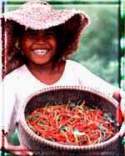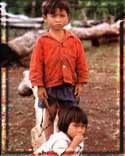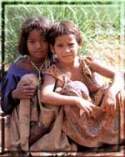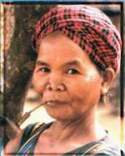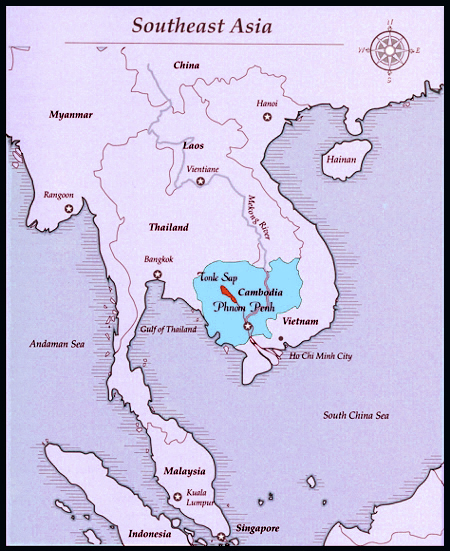
TERRACE OF LEPER KING
The stone monarch is absolutely naked, his hair is plaited and he sits in the Javanese fashion. The legs are too short for the torso, and the forms, much too rounded, lack the strong protuberances of manly muscles; but, however glaring are his defects, he has many beauties, and as a study of character he is perhaps the masterpiece of Khmer sculpture. Whilst his body is at rest his soul boils within him. His features are full of passion, with thick lips, energetic chin, full cheeks, aquiline nose and clear brow... his mouth, slightly open, showing the teeth. this peculiarity of the teeth being shown in a smile is absolutely and strangely unique in Cambodian art. Terrace of the Leper King is located immediately north of the Terrace of the Elephants and it can be accessed from the main road. It was built at end of the 12th century by king Jayavarman VII (reigned 1181-1220)




















